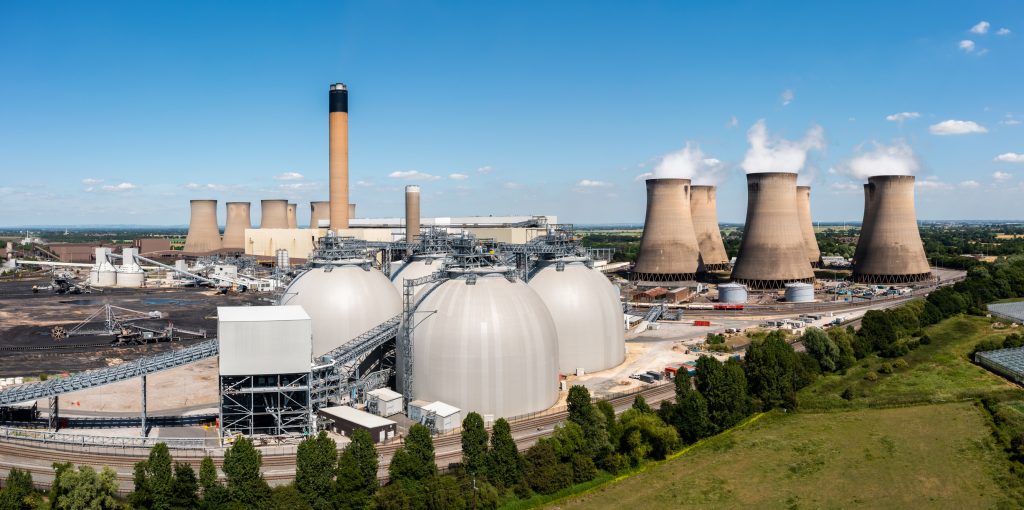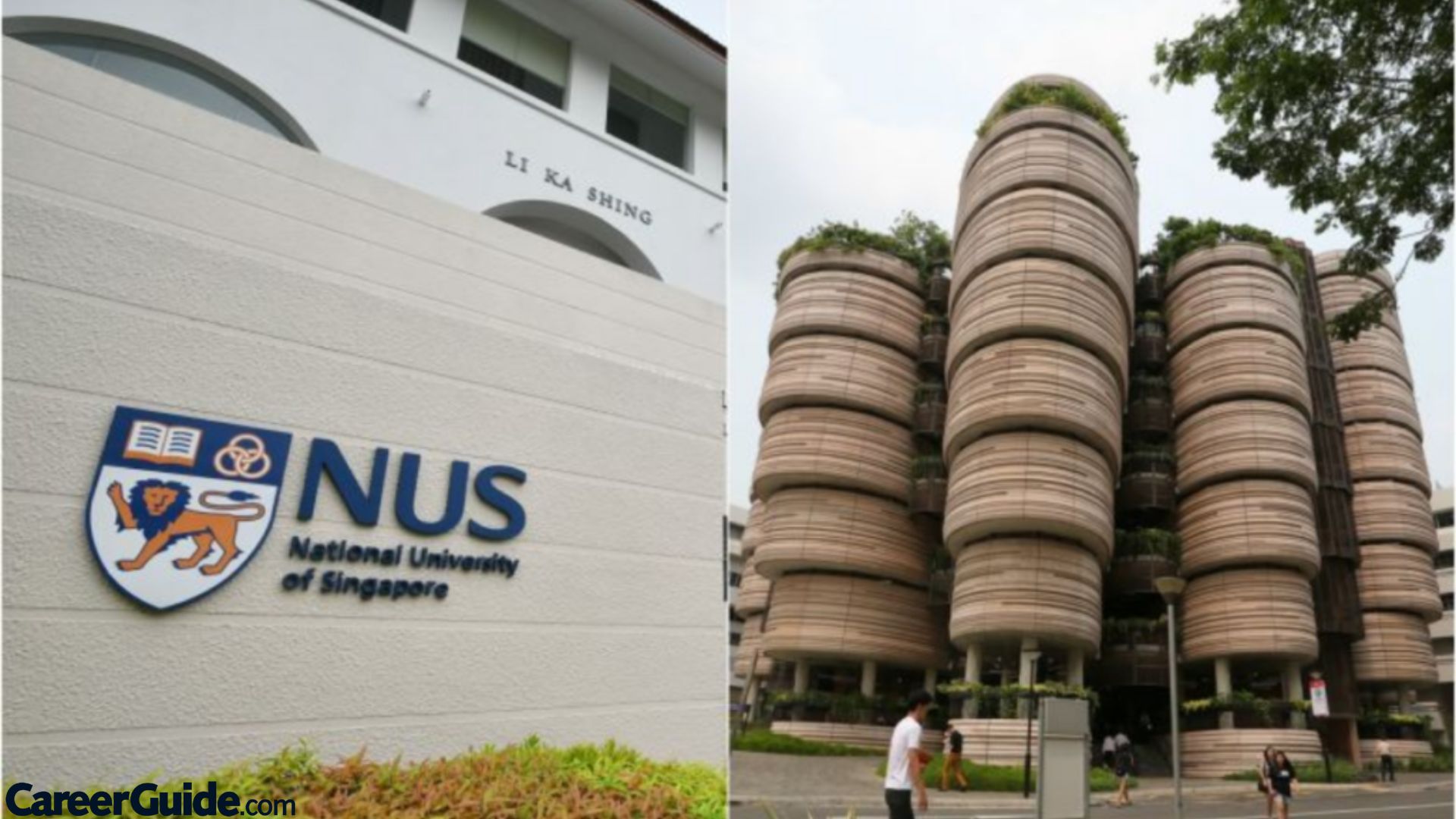
Singapore stands at the forefront of environmental sustainability, particularly through its ambitious carbon capture initiatives. As a small island nation with limited resources, Singapore recognizes the urgent need to combat climate change. Therefore, it has strategically invested in cutting-edge technologies and collaborations to develop effective Singapore carbon capture solutions.

Understanding Carbon Capture
Carbon capture, often referred to as carbon capture and storage (CCS), involves collecting carbon dioxide emissions produced from various sources, including power plants and industrial processes. Once captured, the CO2 can either be utilized for other purposes or stored underground to prevent it from entering the atmosphere. By focusing on Singapore carbon capture projects, the nation aims to significantly reduce greenhouse gas emissions and help meet international climate targets.
Government Support and Initiatives
The Singapore government plays a pivotal role in promoting carbon capture technologies. It has established initiatives such as the “Singapore Green Plan 2030,” which outlines a comprehensive strategy to achieve sustainability goals. This plan includes enhancing carbon capture capabilities and building a low-carbon economy.
Furthermore, the government collaborates with research institutions and private companies to foster innovation in this field. For instance, the National Research Foundation (NRF) has allocated funding to support research in carbon capture technologies. This financial backing not only fuels innovation but also encourages partnerships within the industry.
Key Players in Singapore Carbon Capture
Several companies and research institutions are in charge of Singapore’s carbon capture landscape. Notably, ExxonMobil Asia Pacific has implemented significant projects aimed at reducing carbon emissions. Their facilities in Jurong have integrated advanced carbon capture technologies to enhance operational efficiency while minimizing harm to the environment.
In addition to ExxonMobil, institutions such as the Singapore Institute of Technology (SIT) and the National University of Singapore (NUS) contribute extensively to research and development. They explore new materials and methods to improve the efficiency of carbon capture systems. Their collaborative efforts promote a knowledge-sharing environment, enabling rapid advancements in technology.
Innovative Technologies and Methods
Innovations in carbon capture technology create promising solutions for Singapore. For example, researchers are exploring the use of solvent-based systems, which capture CO2 through chemical reactions. Moreover, they are investigating the potential of solid sorbents and membrane technologies that can enhance capture efficiency while minimizing costs.
Additionally, several pilot projects demonstrate the effectiveness of these technologies. One notable project is the Integrated Carbon Capture and Storage (ICCS) Consortium, which aims to test new methodologies on a larger scale. Through real-world applications, researchers gain valuable insights that can ultimately lead to widespread implementation.


The Role of International Collaboration
Singapore carbon capture initiatives benefit significantly from international cooperation. As the nation strives to become a global leader in sustainability, it actively engages in partnerships with other countries. Collaborations with nations like the United States, the United Kingdom, and members of the European Union foster knowledge exchange and technology transfer.
Such partnerships not only enhance research capabilities but also promote best practices in carbon capture. By learning from international experiences, Singapore can tailor solutions that suit its unique context and challenges.
Challenges and Future Outlook
Despite significant progress, Singapore faces challenges in implementing carbon capture initiatives. High costs and technological limitations pose barriers to widespread adoption. However, ongoing research aims to develop more cost-effective solutions that can facilitate broader implementation across various industries.
Looking forward, the future of Singapore carbon capture appears promising. As awareness of climate change increases, the demand for sustainable solutions continues to grow. Singapore’s proactive approach and commitment to innovation position it well for leadership in this critical area.
Conclusion
In summary, Singapore’s dedication to carbon capture technologies reflects its commitment to a sustainable future. By investing in research, fostering international collaboration, and supporting key industry players, the nation paves the way for significant advancements in carbon capture. As Singapore continues to innovate and lead in this vital sector, it sets an inspiring example for other countries grappling with the challenges of climate change. Through determined efforts in carbon capture, Singapore can truly become a greener city, fostering a healthier planet for generations to come.


